Rising in stature from craft to fine art, ceramics have become one of the most desirable collectibles in recent years. Effect Magazine’s Dominic Lutyens surveys the field to divine the artists to look out for and how to approach building a contemporary collection
Many factors are driving today’s burgeoning global interest in collecting ceramics – arguably one of the more surprising cultural phenomena of recent years. After all, not long ago a traditional hierarchy of the arts ranked ceramics lower than fine art, a view that now looks prejudiced and irrelevant. Even august public museums are mounting major ceramics-themed exhibitions, thereby elevating ceramics from a craft to art.
This boom can’t be separated from a craft-loving zeitgeist that has seen people of all ages and walks of life sign up to pottery classes worldwide in recent years. Pottery-making was once stereotypically seen as a middle-aged pursuit, but its appeal is now multi-generational, and younger enthusiasts are increasingly collecting affordable ceramics by emerging ceramicists. Many find that making pottery offers a welcome release from the daily treadmill of on-screen communication. Shaping wet clay is a messy, physical activity, forcing practitioners to put down mobiles and tablets. Forget frantic multi-tasking: pottery requires total concentration yet is calming, taking our minds off life’s niggling problems, some likening it to meditation.


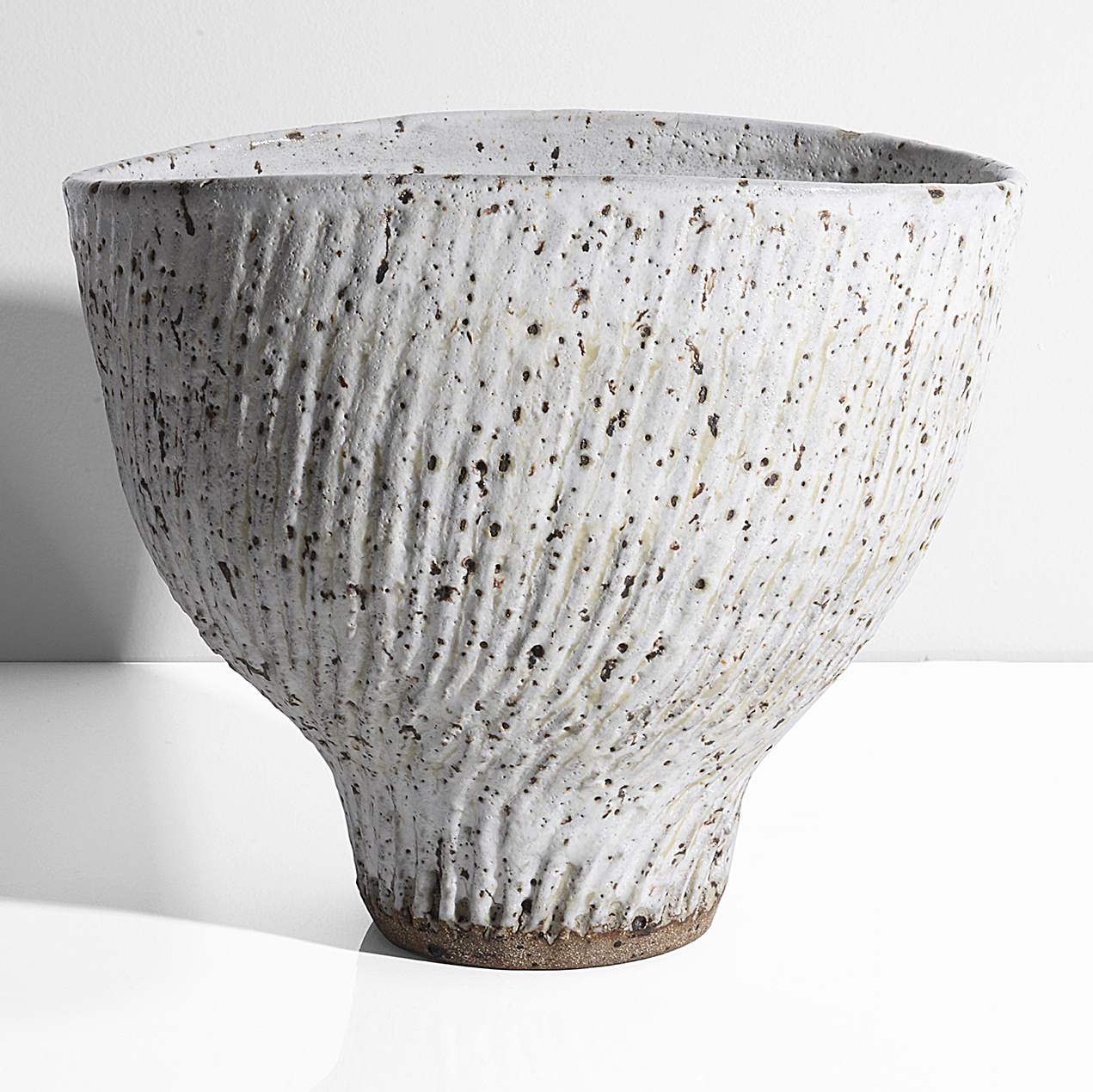
Ironically, given that collectible ceramics are mostly hand-made, technology is fuelling its popularity: potters posting mesmerising videos demonstrating their skills on social media have massively raised awareness of the craft, especially during recent lockdowns when they had more captive audiences.
In fact, today’s enthusiasm for ceramics has historical roots in the 1970s and 1980s when pioneering, now established creatives such as ceramicist Carol McNicoll and, later, artist Grayson Perry rebelled against the dominant British studio pottery tradition by creating playful, conceptual work that broadened the repertoire of the craft and made it more popular.
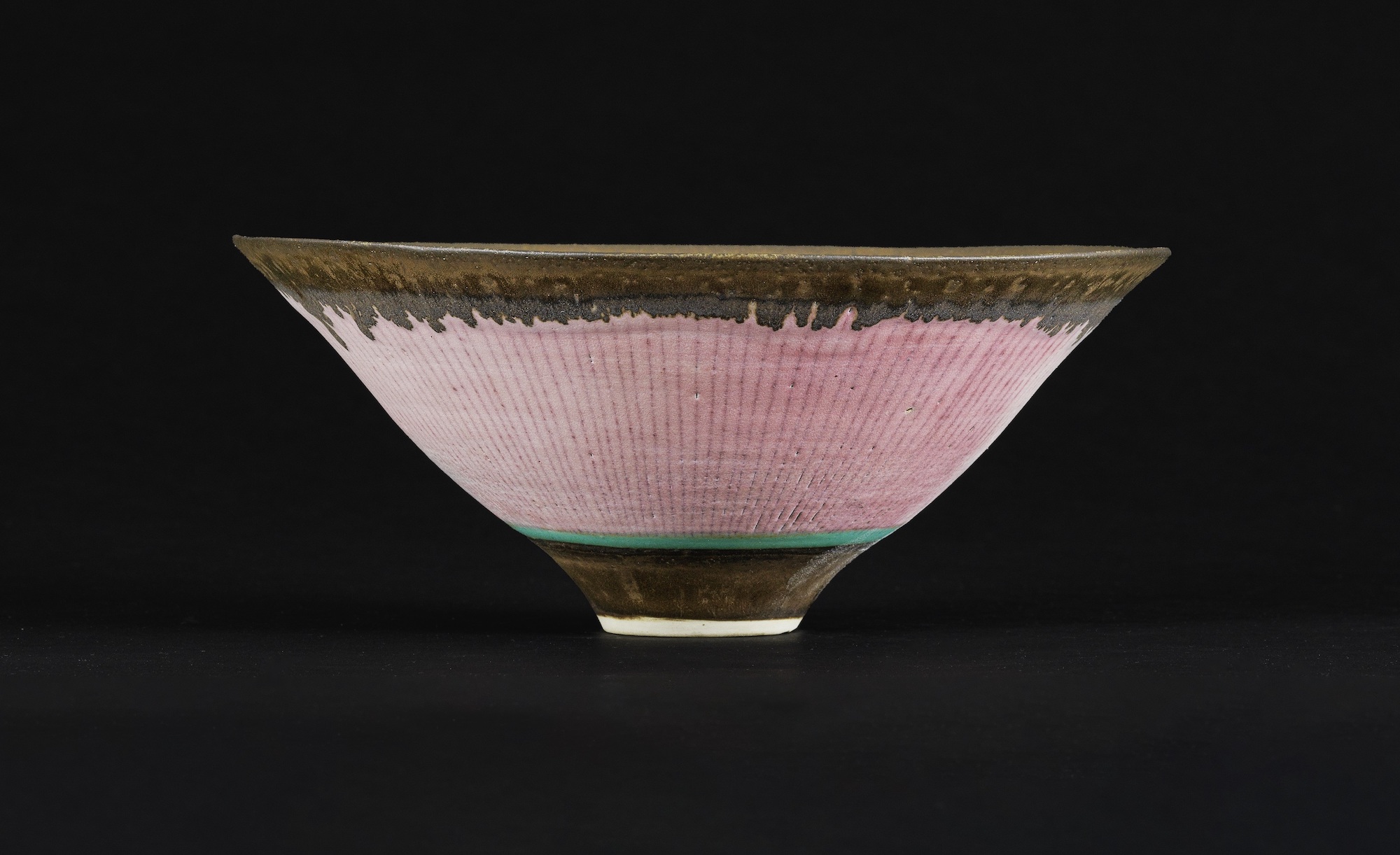
While early and mid-century studio pottery was characterised by exquisitely pared-back forms reflecting the studio potters’ modernist taste and a predominantly, earthy, rather dour palette, a new generation of ceramicists radically shook things up, using bright colour and pattern and often incorporated hard-hitting political messages. Their approach paved the way for the self-expression many ceramicists now embrace and which collectors and museums look out for. If there’s one quality ceramics specialists advise collectors to look out for, it is original work.
That said, 20th-century studio pottery, whose leading lights included Bernard Leach, Lucie Rie and Hans Coper, is highly collectible today. Renowned for her elegant, clean-lined vases and bowls, Austrian-born Rie is one of its most sought-after exponents, judging by a high demand for her work at auction. At an online sale of studio pottery held last week by UK auction house Maak, a 1980 Rie bowl (with an estimate price of £30,000 to £40,000) sold for £61,250.

In December, Bonhams is holding a sale in Paris of works by Rie, Coper and fellow potters Jennifer Lee, Ewen Henderson, Colin Pearson, Duncan Ross and Walter Keeler.
Kettle Yard’s, Cambridge, recently held an exhibition on Rie (1902–1995), now on display at the Holburne Museum in Bath (which runs until January 2024). Compared with other studio potters of her era, Rie was more adventurous with colour. While her pieces have an austere simplicity, their glazes are often heart-stoppingly vibrant – in hues such as pink, yellow, turquoise and gold. Rie’s highly personal, original visual language has made her work more collectible.
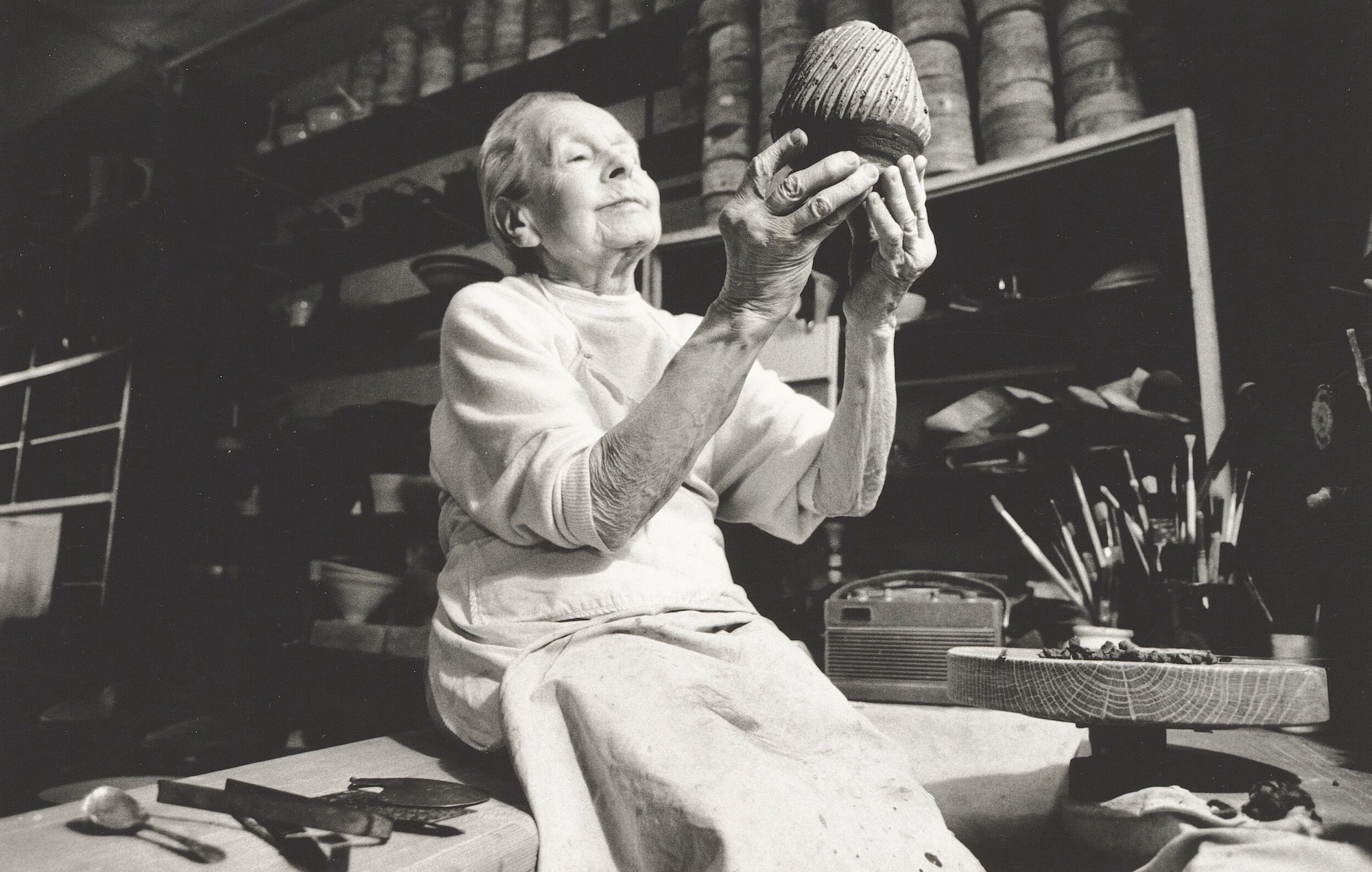
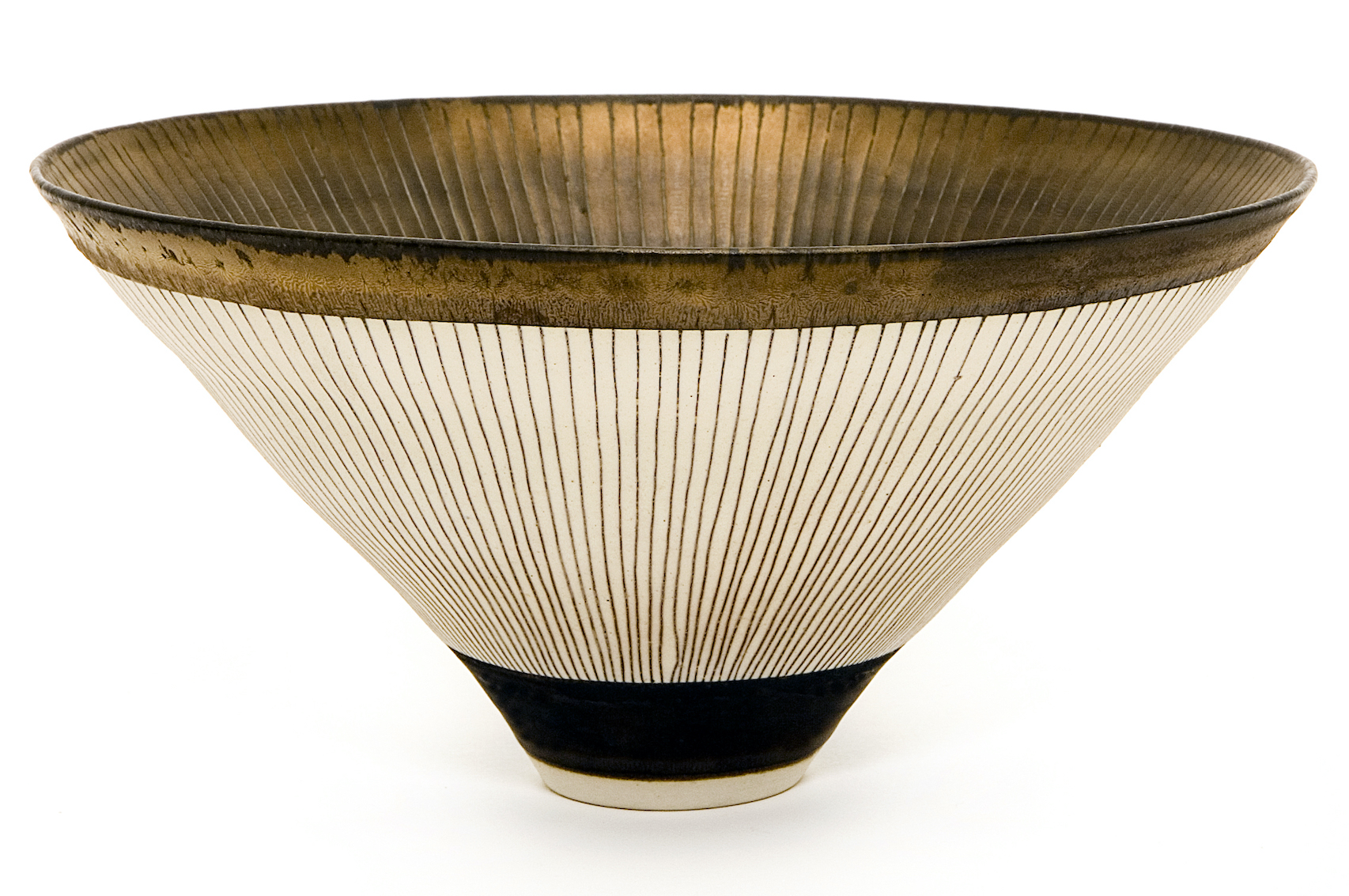
Rie had a considerable influence on postwar British design, says Chris Stephens, director at the Holburne Museum, and this also gives her an edge over her peers. “Her appeal is her association with clean-lined mid-century design, a metropolitan style that contrasts with the earthy rusticism of Bernard Leach. She studied at Vienna’s Wiener Werkstätte (Vienna Workshop) and fled to London when Nazi Germany annexed Austria in 1938. She is recognised now as a key conduit of pioneering, stripped-down European modernism to postwar Britain.”
The assimilation of ceramics by the fine-art world is bringing them to new audiences and widening their appeal, as are public museums and galleries. A notable example of the latter is the exhibition Strange Clay: Ceramics in Contemporary Art, held at London’s Hayward Gallery in 2022. Yorkshire Sculpture Park, known for its sculptures by Barbara Hepworth and Henry Moore, is currently exhibiting work by young potter Florian Gadsby, including simple, angular stoneware pots (until February 2024).
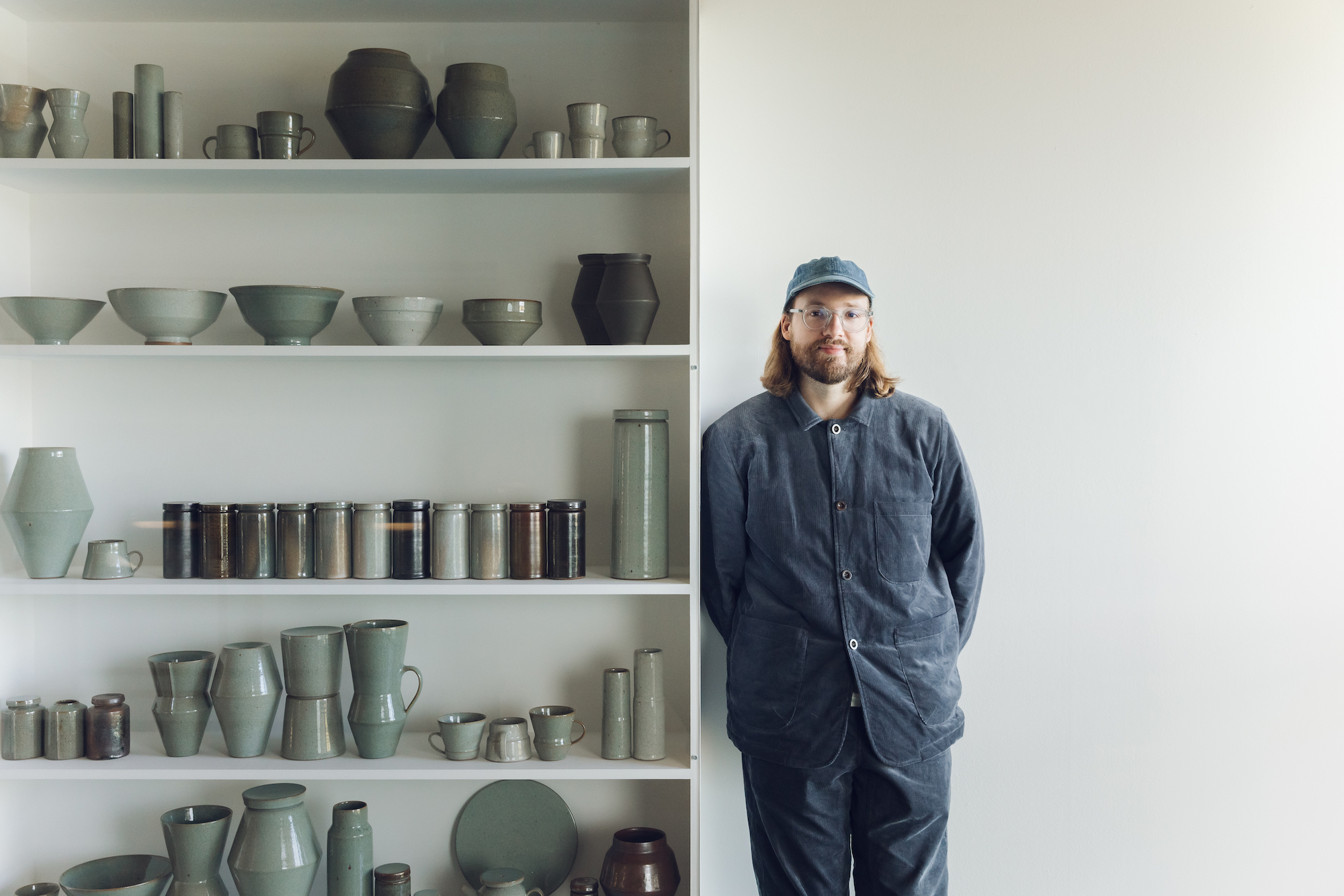
Gadsby, who has 1.8m followers on TikTok and over 850,000 on Instagram, acknowledges the power of social media to promote his work, if not actually sell it. “Having a social media presence helped me draw in a younger audience who mainly find the videos interesting or educational. Eventually, the videos might encourage them to buy my work. But I think my simple, minimal pots appeal to all ages.”
Young collectors are building collections by initially acquiring relatively affordable items, he notes: “I started by collecting mugs. They instil a ceramicist’s aesthetic and style into a small and functional object that’s usually affordable. Names to look out for include Jono Smart and Emily Stephen, Jaejun Lee, Lilly Maetzig, Charlotte Talboy-Mauloubier and Sarah Hussaini.”
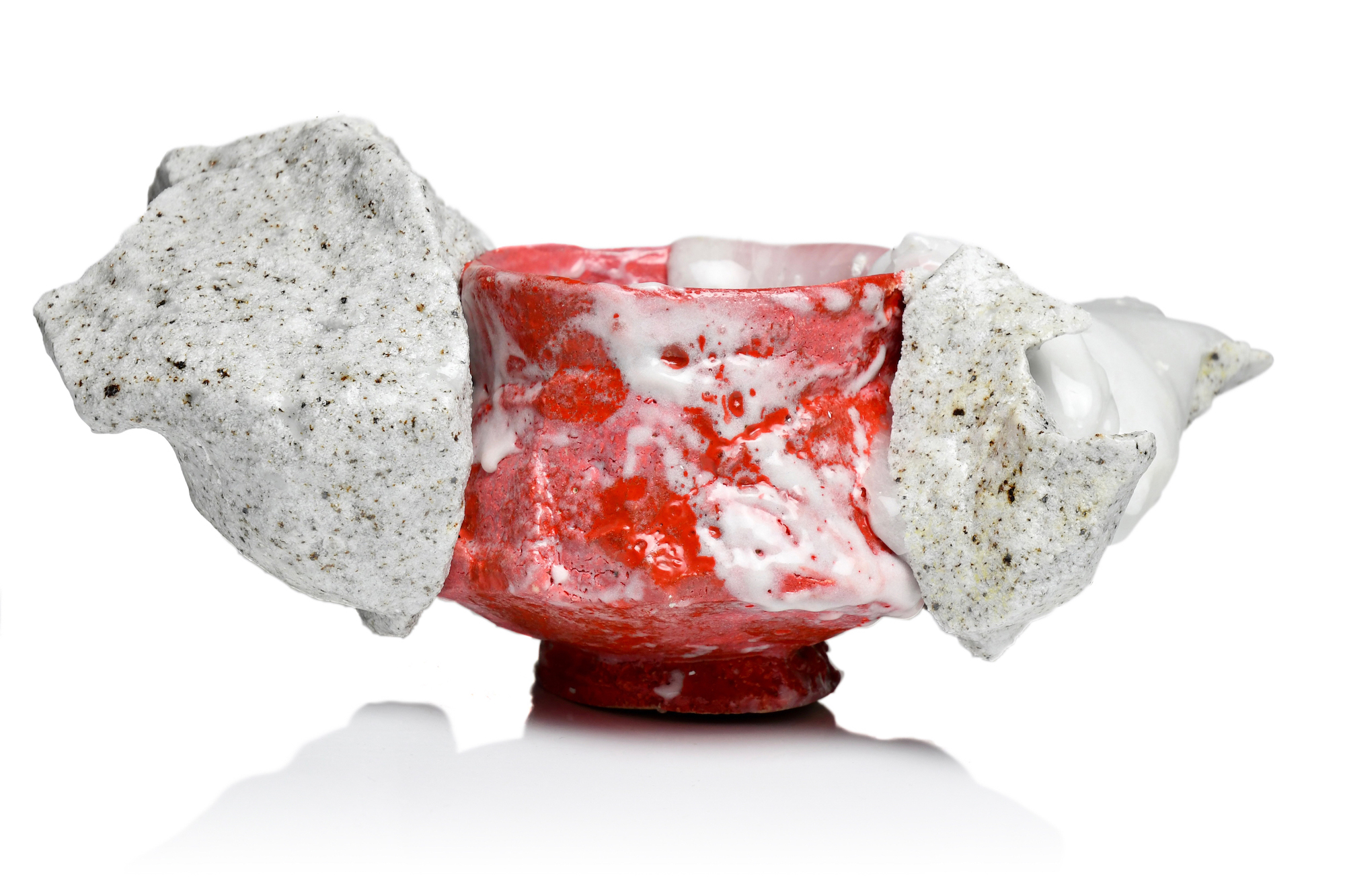
He concurs with the commonly accepted view that making pottery offers a welcome antidote to compulsive on-screen time: “Digital communication has made people long to hand-make tangible things.” Hit TV programme The Great Pottery Throw Down, which highlights hard-won skills involved in making ceramics, has stoked an interest in the field, he adds.
Gadsby will be showing his work next year with gallery Joanna Bird at Collect. The fair brings home how diverse the ceramics discipline has become, thanks to ceramicists exploring self-expression. Young French artist Matthieu Frossard will show his extravagantly baroque pieces that appear to spew gold lava (an effect achieved with glaze and lustre) with Galerie Revel. Ceramic artists are also giving voice to personal issues that would once have been alien to the field. Anne Athena will show pieces at Alveston Fine Art exploring the highly intimate subject of her autism spectrum disorder.
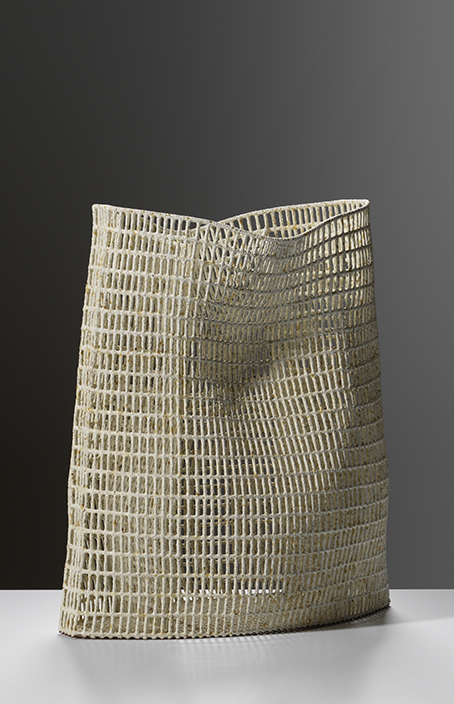
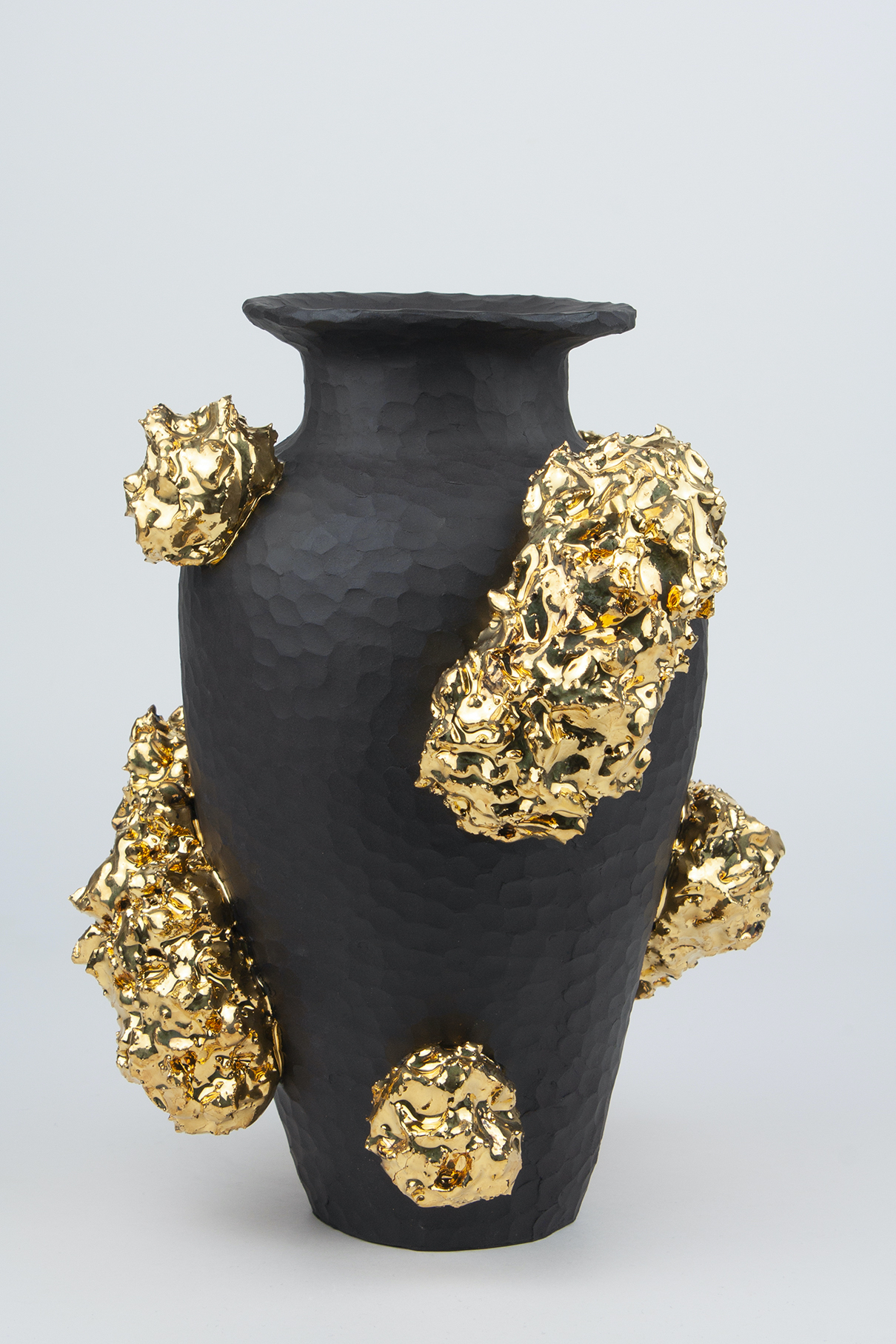
“Savvy collectors tend to invest in artists who have developed their creative voice over years and produce immediately recognisable, distinctive work,” says Isobel Dennis, the fair’s director. “Numerous museums’ collections have pieces by Annie Turner and Matthew Chambers who will show with Cavaliero Finn at Collect next year.”
Turner’s work reflects the current interest in autobiographical, personal work: her sculptural pieces are inspired by the tidal river Deben in Suffolk, where her family has lived for generations, and the colours of its muddy shores and fossils. Chambers creates abstract sculptures constructed from layers of clay made on a potter’s wheel.
Marijke Varrall-Jones, Maak’s founder, puts forward her views on the attraction of ceramics: “There’s something very special about a hand-wrought work, made from the earth, that has been manipulated by an artist’s hand. Sometimes, the imprint of the artist’s fingers lingers on the surface of a work, creating a direct, intimate connection between the hands of the artist and collector.”
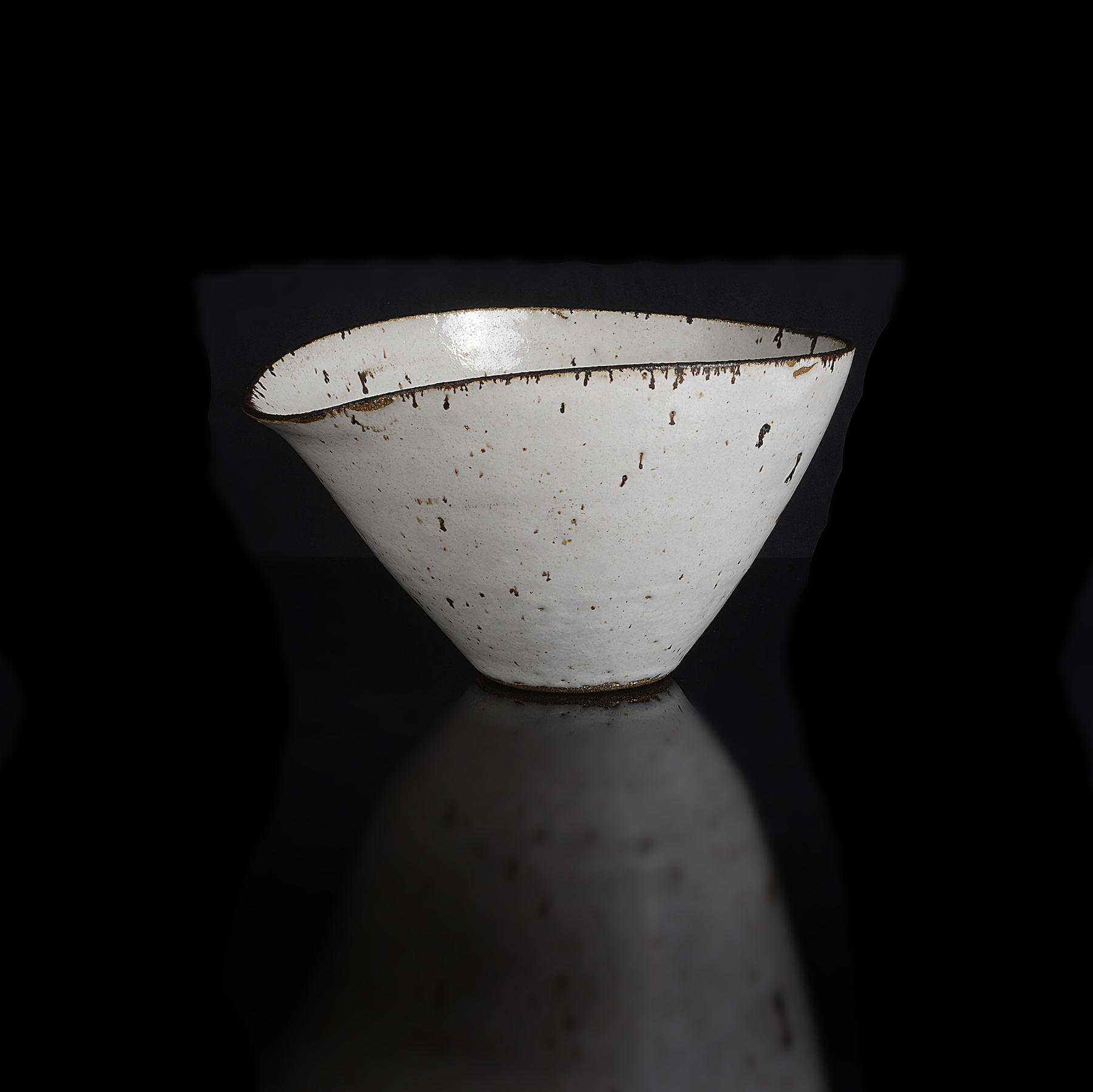
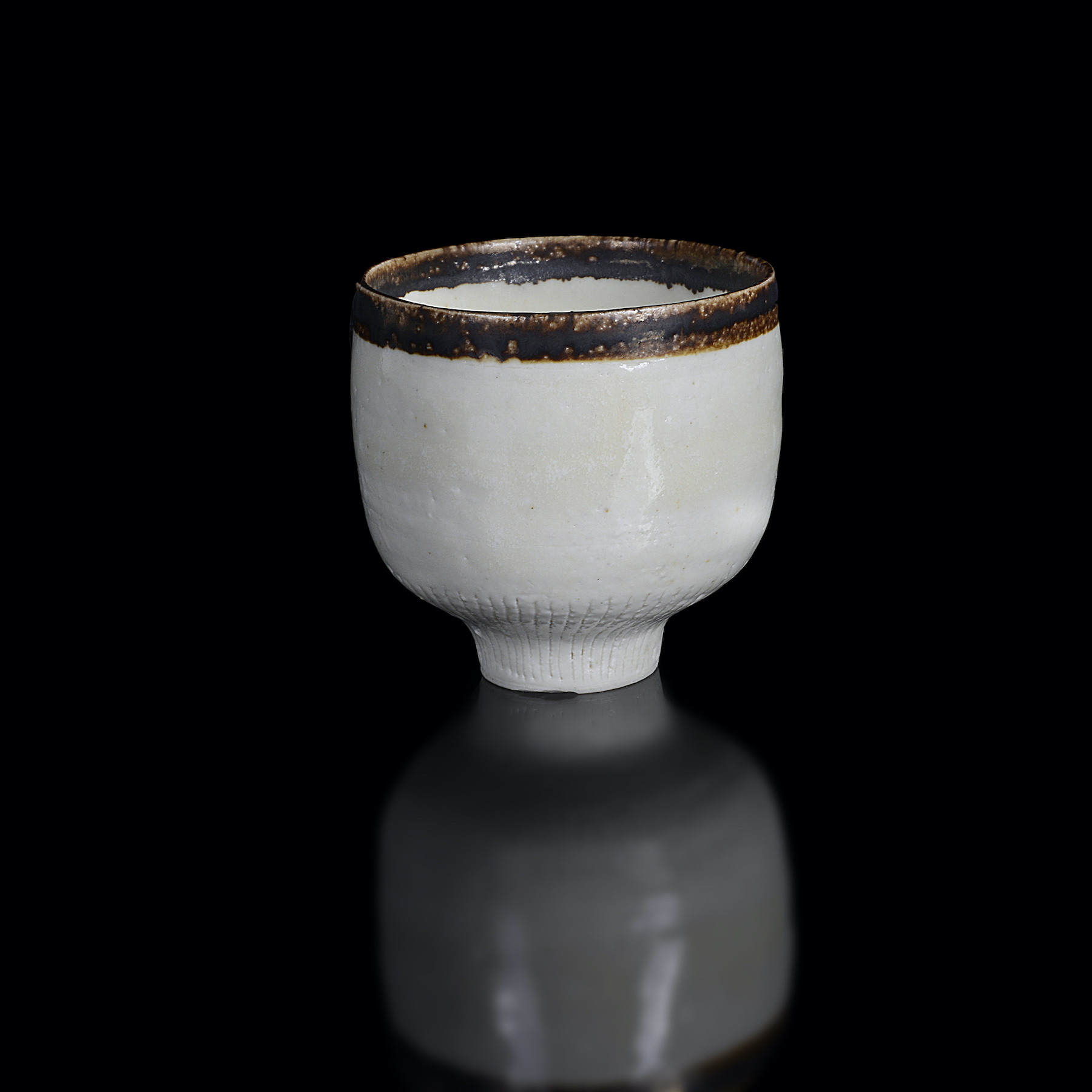
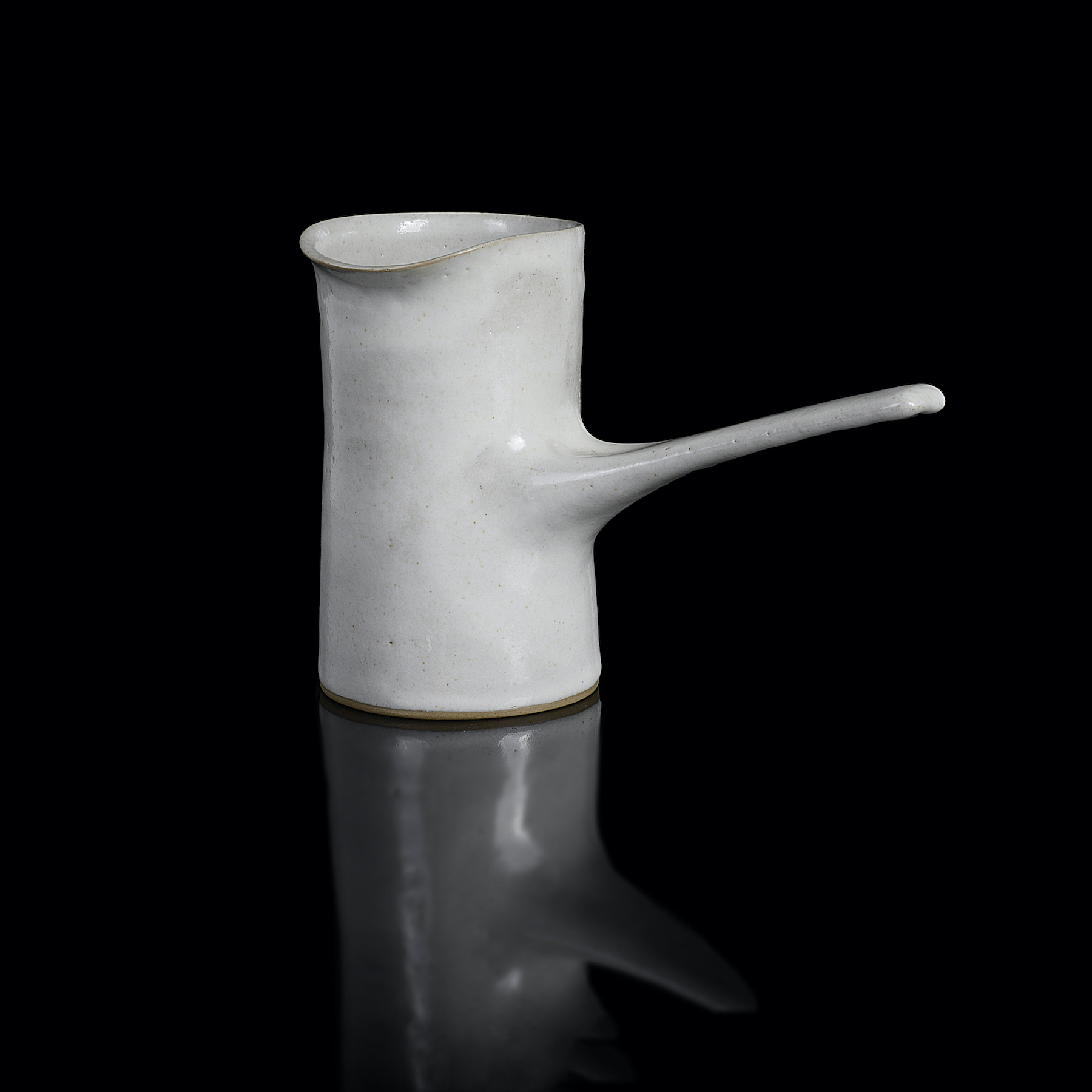
Her advice for would-be collectors? “Trust your instinctive response to a work – does it draw you in and excite you? Are you drawn to its texture, colour, form? And buy pieces in perfect condition whenever possible.”
But she concedes that collectors should consider buying a piece they have long aspired to own if the imperfection makes it affordable. “Professional restorers can be amazingly good at repairing chips or hairline scratches, making them almost invisible,” she explains. She also recommends looking out for originality in work by new makers in particular: “Try to identify emerging artists who are pushing boundaries, exploring new ideas. They’re likely to be the people defining new directions in the future.”
Read more: Design | Designers | Makers + Artists | Ceramics | Interiors | Furniture | Design Fairs



